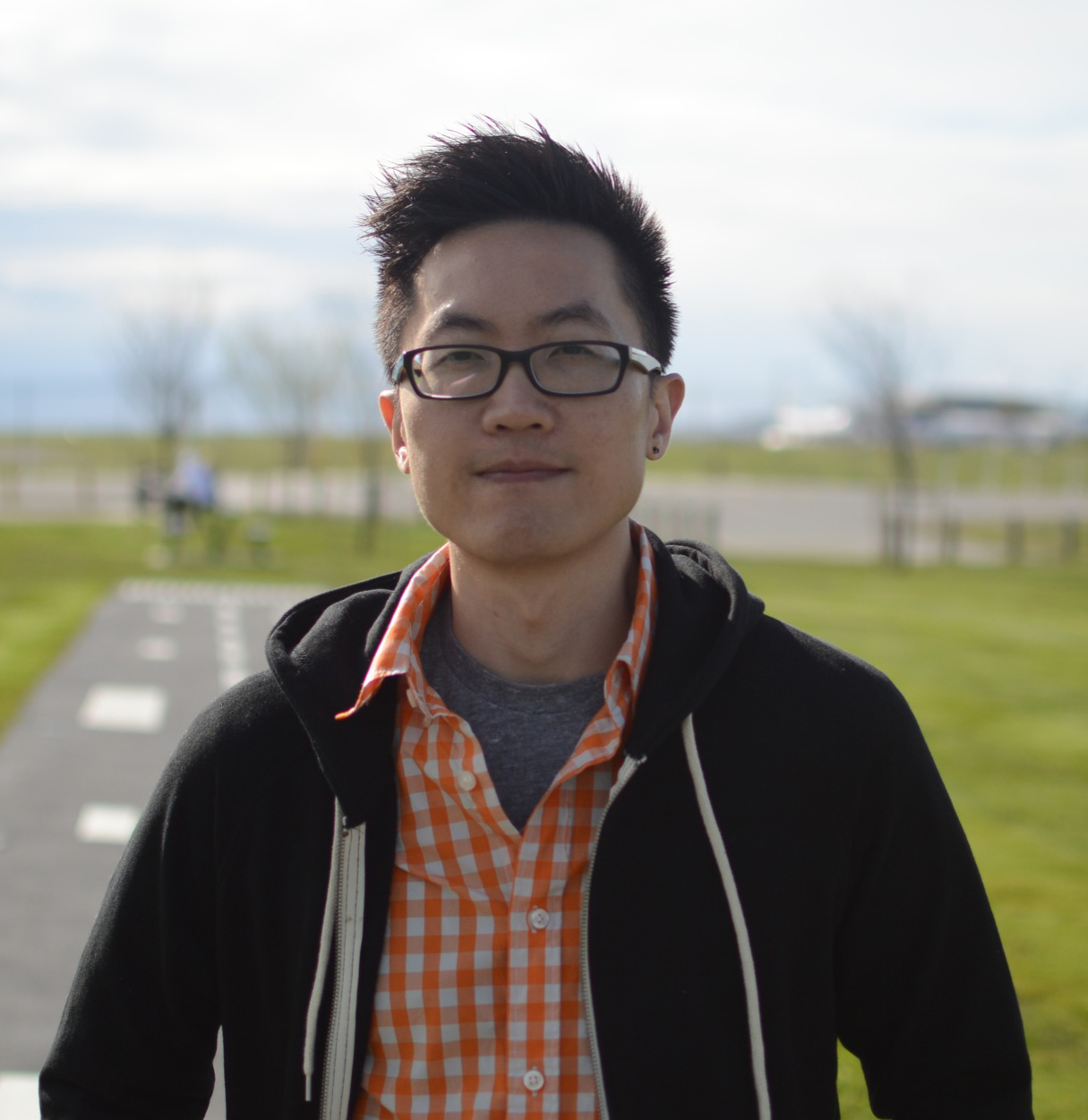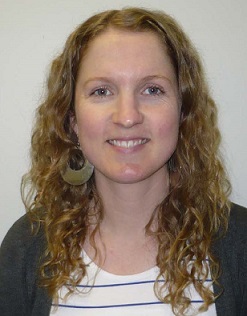In many big cities, the main social scenes of lesbian, gay, bisexual, transgender and questioning (LGBTQ) communities centre on gay clubs and bars. These spaces allow individuals, who may feel socially isolated, a safe venue to express themselves outside the heteronormative (heterosexuality as the perceived norm) spaces of daily living. In recent years, the selection of safe social spaces for LGBTQ has increased, but clubs and bars still remain a cornerstone. As such, many LGBTQ people see going to these bars and clubs as a cultural norm. Unfortunately in many cases, social spaces such as these may foster and incorporate the use of alcohol and recreational drugs into that cultural norm.
Research shows sexual minorities have greater substance use rates than the general population. Since 2008, we have coordinated the Centre for Addictions Research of BC’s High Risk Population Surveys, a project interviewing active drug users in Victoria and Vancouver. Last year we published a paper based on this data in the journal Culture, Health & Sexuality examining substance use and sexual identity. Would sexual identity signal increased substance use in a group of active users, or would the fact they were already using drugs cancel out sexual identity’s predictive effect?
What we found was that even among active substance users, sexual identity was still a strong predictor for certain types of drugs. Mainly, the social drugs of alcohol, ecstasy and ketamine were found to be more likely used by lesbian, gay and bisexual (LGB)-identified than straight-identified participants. In addition, LGBs reported greater negative impacts to areas such as finances, health, and social lives from ecstasy and ketamine than straight participants. The social nature of these substances leads one to think back to the social spaces that dominate the LGBTQ communities and how many revolve around the use of alcohol and associated substances. Even among active users, the resilient effect of sexual identity remains.
Tremendous strides are continually being made in expanding the options for LGBTQ to meet and socialize in venues that are welcoming and safe outside of the club and bar scene. Success has been experienced by Vancouver Coastal Health through their ‘CALL Out!’ project as well as the Trans Youth Drop-in, strengthening socialization and engagement in these communities. As well, local queer resource centres such as QMUNITY in Vancouver continue to foster social connections for all ages through a variety of groups and activities. As the focus on bars and clubs as the main spaces for socialization continues to diffuse, along with the increasing social acceptance of LGBTQ individuals, it will be interesting to see whether sexual identity remains a predictor for substance use in the future.
Authors: Clifton Chow, Research Affiliate, Centre for Addictions Research of BC; Kate Vallance, Research Associate, Centre for Addictions Research of BC
**Please note that the material presented here does not necessarily imply endorsement or agreement by individuals at the Centre for Addictions Research of BC


